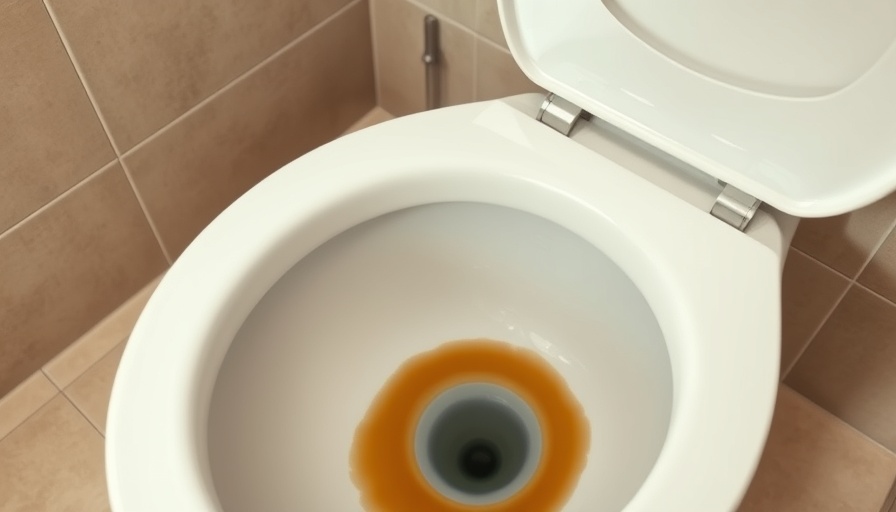
Transform Your Small Kitchen: Color Choices that Create Space
Are you tired of feeling cramped in your small kitchen? If you've been searching for ways to make your limited space feel larger, consider the power of paint. The right color can visually expand your kitchen, making it appear open and airy. Let's explore some of the best small kitchen paint colors that can enhance your space and elevate your cooking experience.
Why Color Matters in a Small Space
Color has a profound impact on how we perceive space. Lighter shades tend to reflect light, making a room feel larger, while darker colors can create a cozy atmosphere. However, using dark colors judiciously in strategic places can also provide depth and interest without making the space feel tight. The key is to find the right balance that compliments your kitchen's natural light source.
Top Paint Colors for Expanding Small Kitchens
Here are some fantastic color options, along with their unique qualities that can transform your kitchen into a space that feels larger and more functional:
1. Bright and Sunny Yellow
Bright yellow is a classic choice that adds warmth and energy. This cheerful color reflects light well and can make any kitchen feel alive. Pair it with white or green accents to maintain a lively yet open feel. Imagine opening your curtains to soft sunlight casting a glow over your sunny yellow cabinets—it’s an instant mood booster!
2. Soft Green for a Natural Touch
A calming soft green creates a serene environment reminiscent of nature. Shades like mint or sage can easily blend with wooden elements, enhancing the organic feel of the space. Green also evokes a sense of tranquility and freshness, which is perfect for a multi-functional room where we gather, cook, and socialize.
3. Classic Off-White
While all-white kitchens have been a trend, choosing an off-white can offer a subtle warmth without the starkness. This shade works beautifully with wooden cabinets and allows other vibrant colors to stand out. It creates a canvas for your kitchen accessories and brings airiness without compromising on style.
4. Bold Dark Colors
Using darker hues like navy blue or deep gray can introduce sophistication and elegance. Contrary to popular belief, dark shades can make a room feel more expansive when done right. Accent walls painted in a dark tone can contrast beautifully with light cabinets, giving an illusion of depth without tightening the space.
5. Warm Earthy Tones
From soft browns to terracotta, earthy tones are making a comeback. They create a warm, inviting atmosphere that can make any small kitchen feel more expansive and welcoming. These colors perform exceptionally well in combination with natural stone elements and wooden textures, marrying comfort with contemporary style.
Color Combinations: Making Your Kitchen Sing
Choosing just one color can sometimes limit your creativity. By combining colors, you can add dimension and personality to your kitchen. For example, pairing light mint green with deep charcoal accents can infuse energy while helping delineate spaces. Furthermore, soft neutrals combined with vibrant hues can create a harmony that doesn't feel cluttered but rather flows seamlessly throughout.
Practical Tips for Choosing Paint Colors
Before you start painting, consider these practical suggestions:
- Assess Your Lighting: Natural light can alter a color's appearance. Test paint samples in different areas of your kitchen at various times of the day.
- Limit the Palette: Stick to two or three colors for a cohesive look. Too many competing colors can make your kitchen feel chaotic.
- Think of Your Style: Choose colors that complement your overall home decor and style. An eclectic mix might not resonate well with a minimalist kitchen.
Future Trends in Kitchen Colors
As we look toward the future, earthy tones and deep jewel colors are expected to dominate kitchen palettes. Experts suggest that hues such as forest green, aubergine, and moody blues can brighten smaller kitchens while still remaining stylish. These colors reflect current trends toward sustainability and natural aesthetics, allowing homeowners to create kitchens that are modern yet timeless.
If you are ready to refresh your small kitchen, do not underestimate the transformative power of paint. By selecting the right colors and combinations, you can create a warm, inviting space that truly feels larger than it is. Dive into your painting project and enjoy the process of making your kitchen a beautiful reflection of your personal style!
Final Thoughts: Upgrade Your Kitchen Today!
The kitchen is not just a place for cooking; it’s a space for gathering and creating memories. A fresh coat of paint can breathe new life into your kitchen, making it an exciting place to be. So grab your brushes and get started on your next DIY home improvement project. Your dream kitchen awaits!
 Add Row
Add Row  Add
Add 




Write A Comment